Real user monitoring vs. synthetic monitoring: Understanding best practices
Dynatrace
JUNE 27, 2022
As businesses compete for customer loyalty, it’s critical to understand the difference between real-user monitoring and synthetic user monitoring. However, not all user monitoring systems are created equal. What is real user monitoring? Real-time monitoring of user application and service interactions.


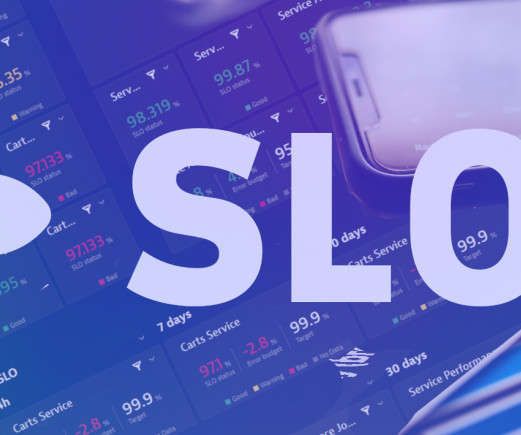






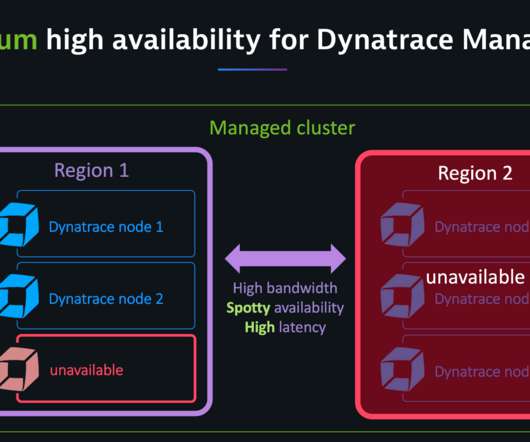
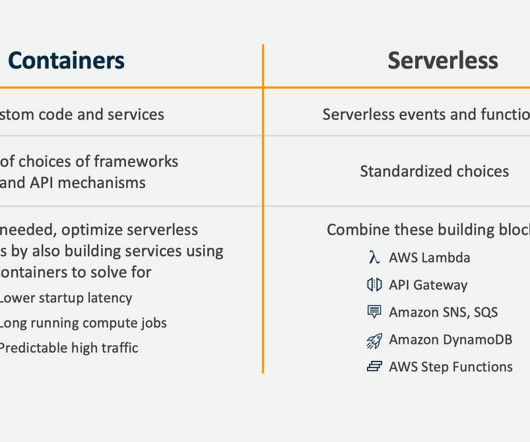






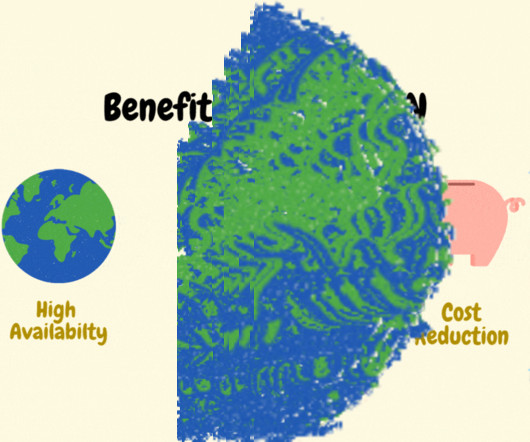






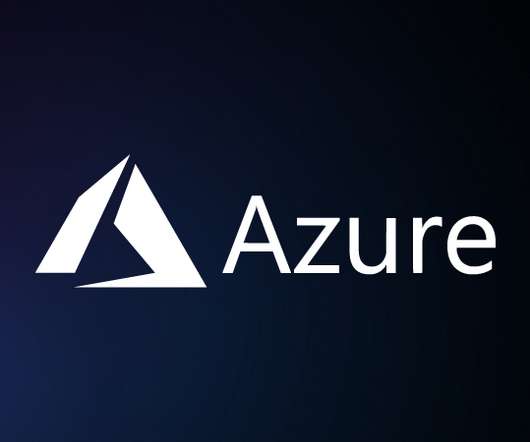



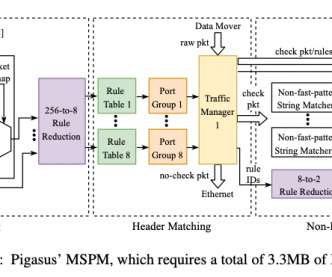







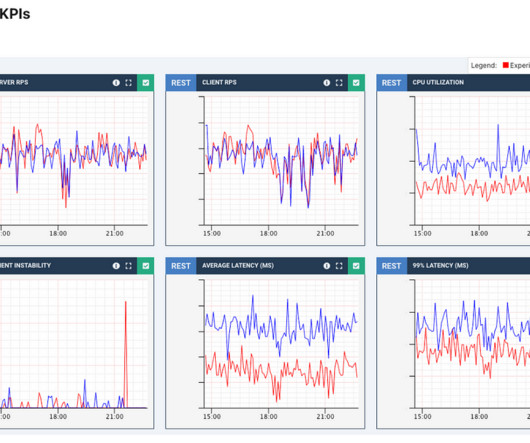











Let's personalize your content